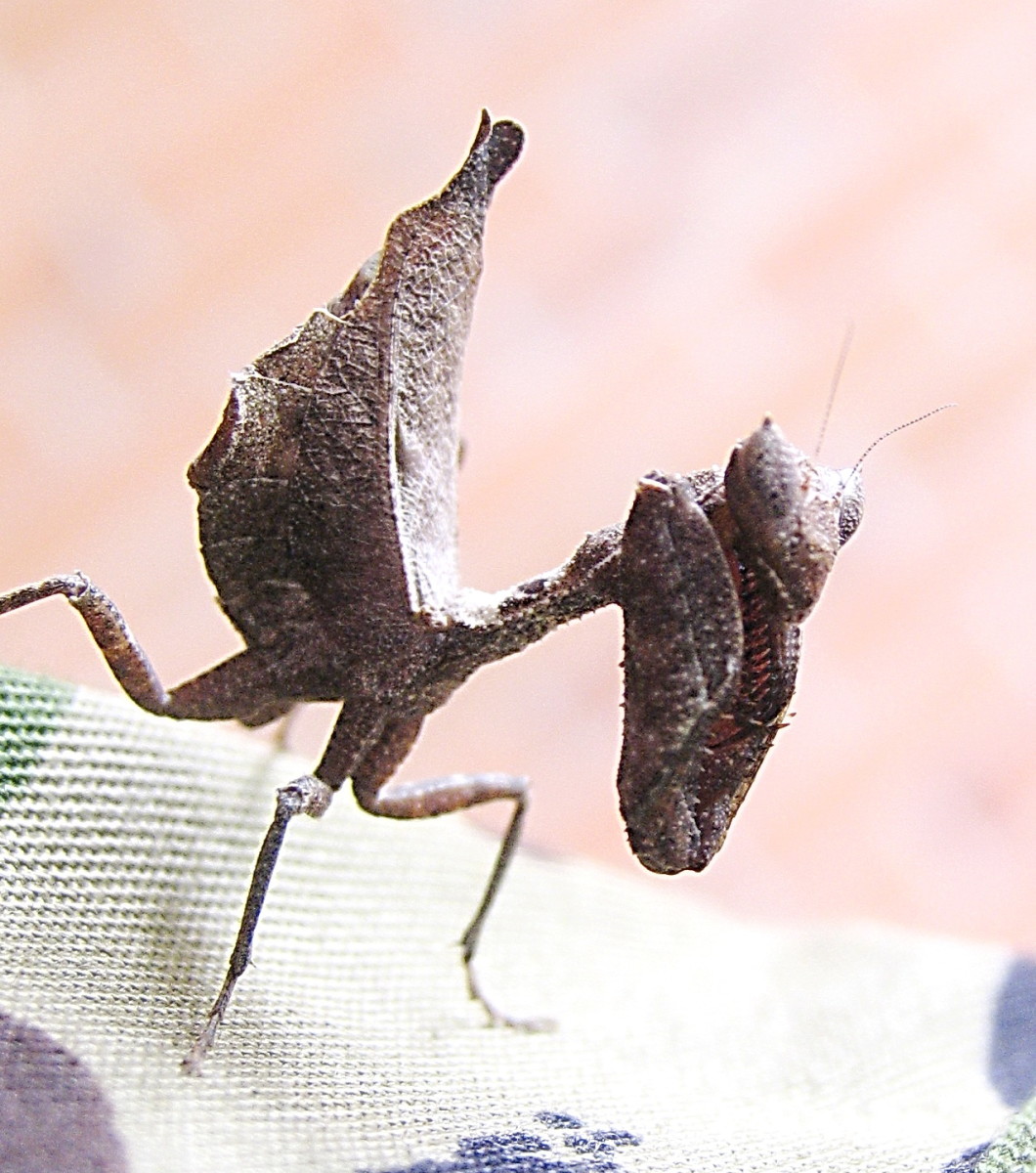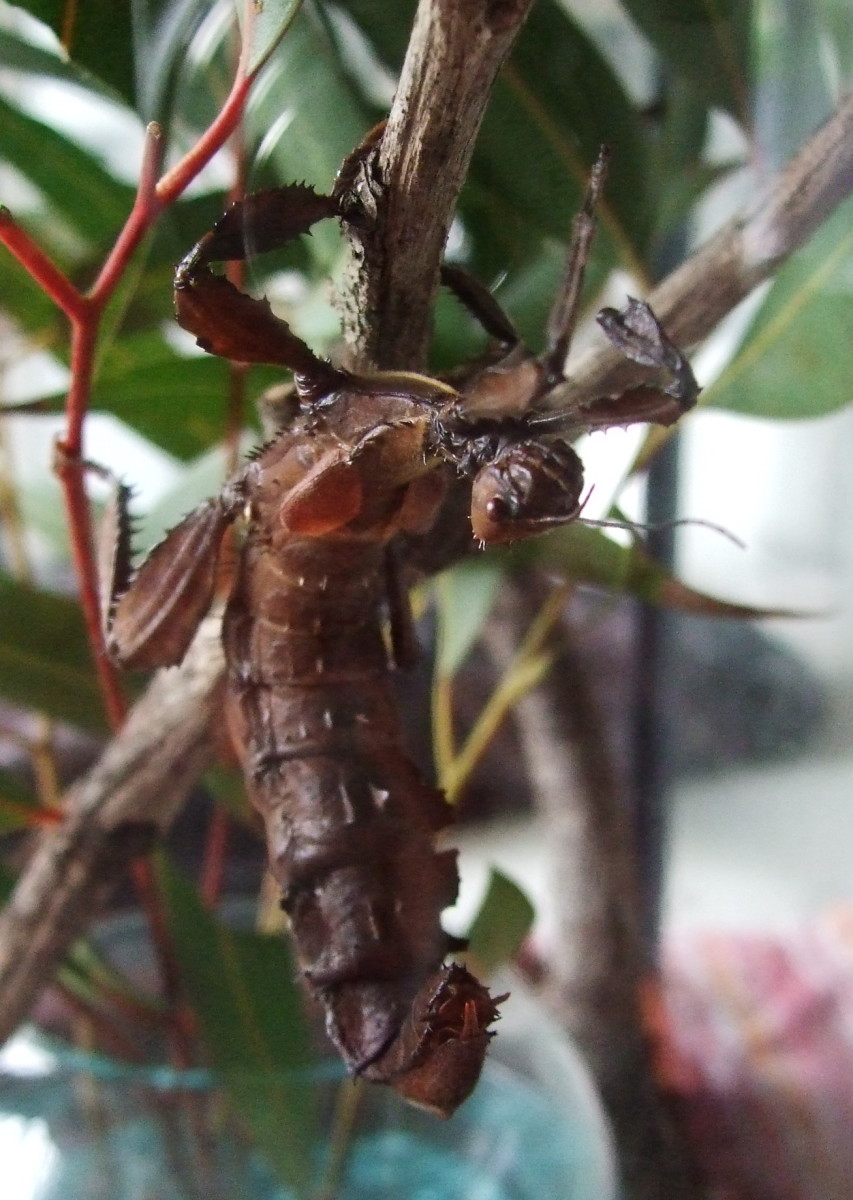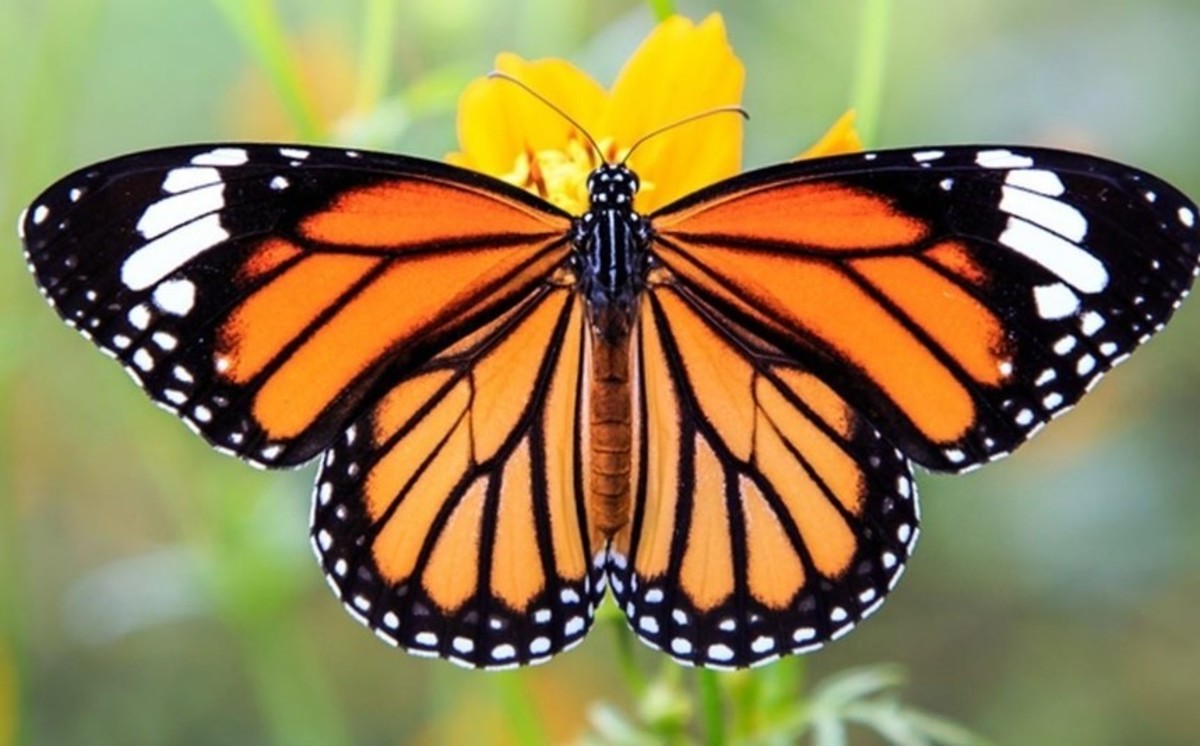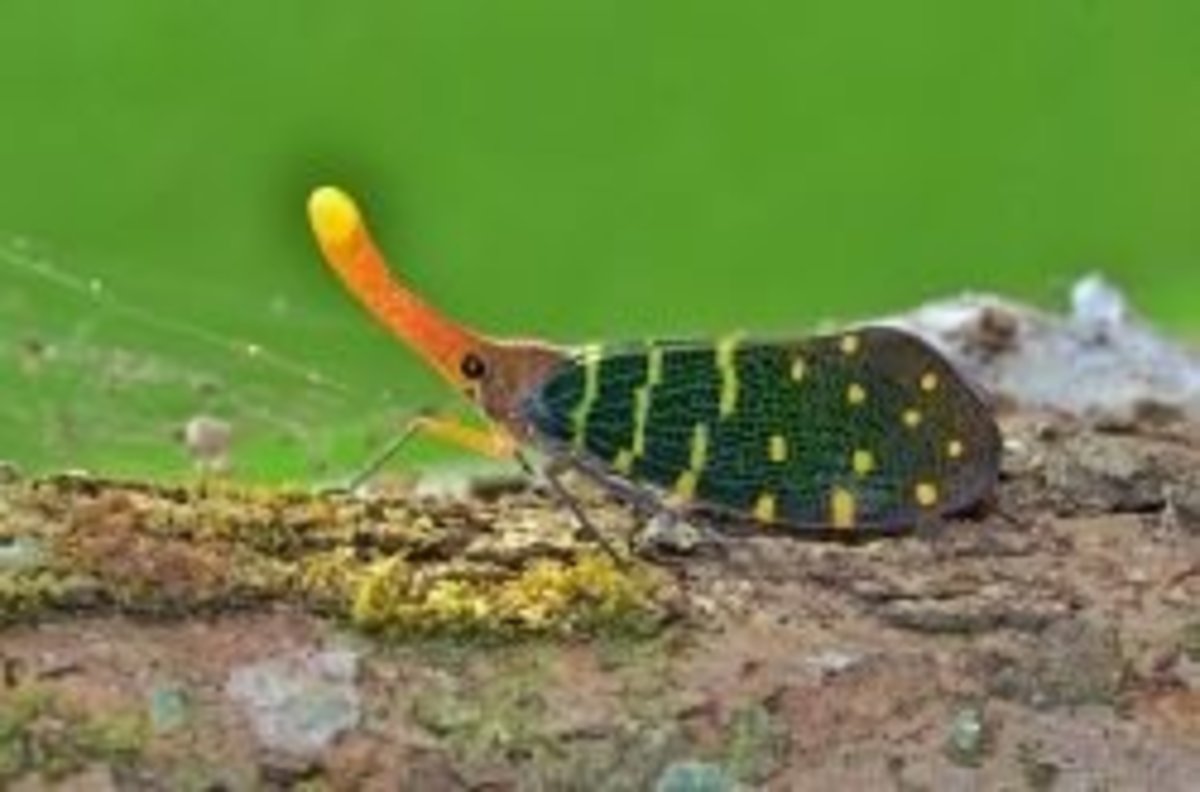- HubPages»
- Education and Science»
- Life Sciences»
- Entomology»
- Insects & Bugs
Facts about a grasshopper life cycle, one of amazing insect that are living around us
Picture of grasshopper
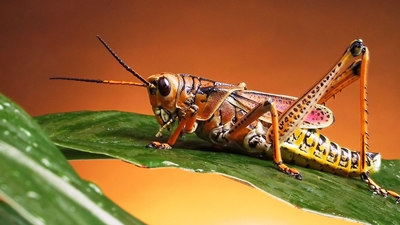
Facts about a grasshopper we mostly never know, the first thing, there are about one thousand and eight hundred different types of grasshopper that are hopping around out there.
In fact you can find them almost in every part of the globe.
North and South Pole would be the exception because of the extreme temperatures, these creatures would not have the chance to survive due to lack of food source.
In a four seasons country these creatures will be munching around mostly in the autumn, but are also appearing during spring and summer. They love to eat crops, such as wheat, barley, oats, corn, and more.
Depending on which species you are dealing with, some would be a threat to agriculture industry, while other types would only have appetite on grasses.
Interesting facts about a grasshopper, is when you look closely after each one of them is the 2 big eyes, on each both side of their head, another two on the bottom of each antenna, and the last eye is staring in between the two antennas.
The limbs are powerful enough to jump, lifting their body weight up to 20 times of the total body length. Each grasshopper sub-family can generate different tunes or song by clapping their wings in the air, while others would rub their hind legs to produce sounds.
Usually the males will sing most of the time to attract the females. In some parts of the world grasshoppers are alternative to meat, and have rich source of protein, at the same time low in fat.
People in Thailand and China would sell deep-fried grasshopper as street food, in Africa people eat them as daily meal.
The main colors of this insect are brown, gray, and green. Their body structures consist of 2 pairs of wings to go along with the head, thorax, abdomen, and six legs.
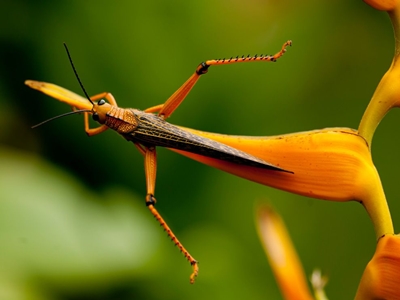
Habitat of grasshopper
Simply to say that the best habitat of grasshopper to live is where their food located.
So they can be easily found in a weedy areas, in your garden, crops surrounding, basically anywhere where it can provide their preferred nutrient to survive.
They will grow insanely in the grass and preferred plant to eat, also for some species, rainforest will be the best environment to breed.
The insect’s population will be the highest when the weather is rather cool.
Starting the spring would be the perfect perhaps the best time for them to invade our world, and the young grasshopper would grow effectively in the summer where the weather is hotter and there are some occasional raindrops too.
Nevertheless, extreme weather is not favorable to grow a population, if it is too hot, or too cold, grasshopper will never have the chance to live.
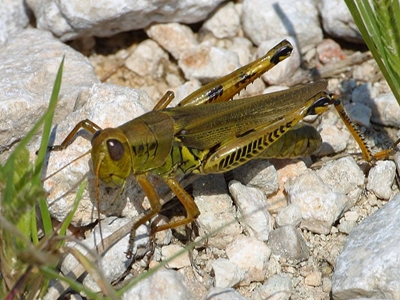
Grasshopper life cycle
They will be mating at start of summer, and follow by laying eggs under sands in the mid summer.
The eggs will hibernating and going through autumn, winter, back on the first cycle which is the early summer (10 months after mating), they will hatch and turn into nymphs.
These young grasshoppers don’t have any wings developed, their size will be increasing within ten days, at the same time wings are developing.
Within 30 days, the young grasshopper will evolve into an adult, and about 15 days later they are ready to mate again. In average a grasshopper can live up to 1 year of age.
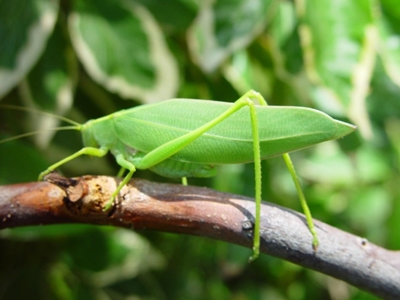
Grasshopper scientific name
The grasshopper scientific name is Melanoplus differentialis (Thomas), the adult will usually are brown to green, sometimes they are yellow, with spots on the body. They are insects, belong to the order of Orthoptera, taxon Caelifera.
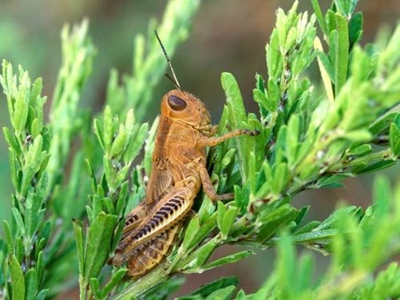
Species of grasshopper
There are quite a number of grasshopper species. The main species would be the spur throated, slant faced, the band winged, and the big types.
In the USA, there are species commonly found and they are the redlegged, the white whiskered, the lubber, Carolina, high plains, twostriped, migratory, eastern lubber, and American.
We can keep on going with this never-ending list of grasshopper species.
Needless to say this is a wonderful insects that happen to live co-existing with human for a long time, and for many years to come.
We need to carefully choose our action against mass destruction, toward the continuous life cycle of these beautiful creatures, and try to prevent any probable extinction.
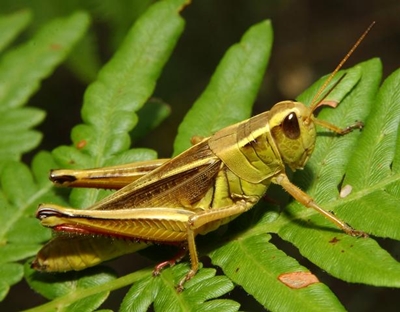
Animal Hubs
- Stunning facts about the red panda
The red panda facts, this animal have close relation to both giant panda bear and raccoon, because they share both the same name and physical looks of a raccoon. The red panda main diet is bamboo, and they will sleep mostly in the afternoon and stay - The galapagos islands animals chronicles
The Galapagos islands animals have become a major attractions for centuries, many scientists around the world agreed that animals from Galapagos are the most approachable and have fascinating story behind them. - The Galapagos tortoise, the iconic giant, the bigges...
The Galapagos tortoise can live up to 150 years old. This amazing reptiles are huge in size. What more important than protecting this beautiful creatures from extinction? - The Komodo dragon are the largest and smart ancient ...
The Komodo dragon, the biggest lizard that ever found, still keep up with its appearance and size despite of 50 million of years of existing. These amazing creatures carrying poison in their teeth that is lethal. They can be found in the Komodo Islan

